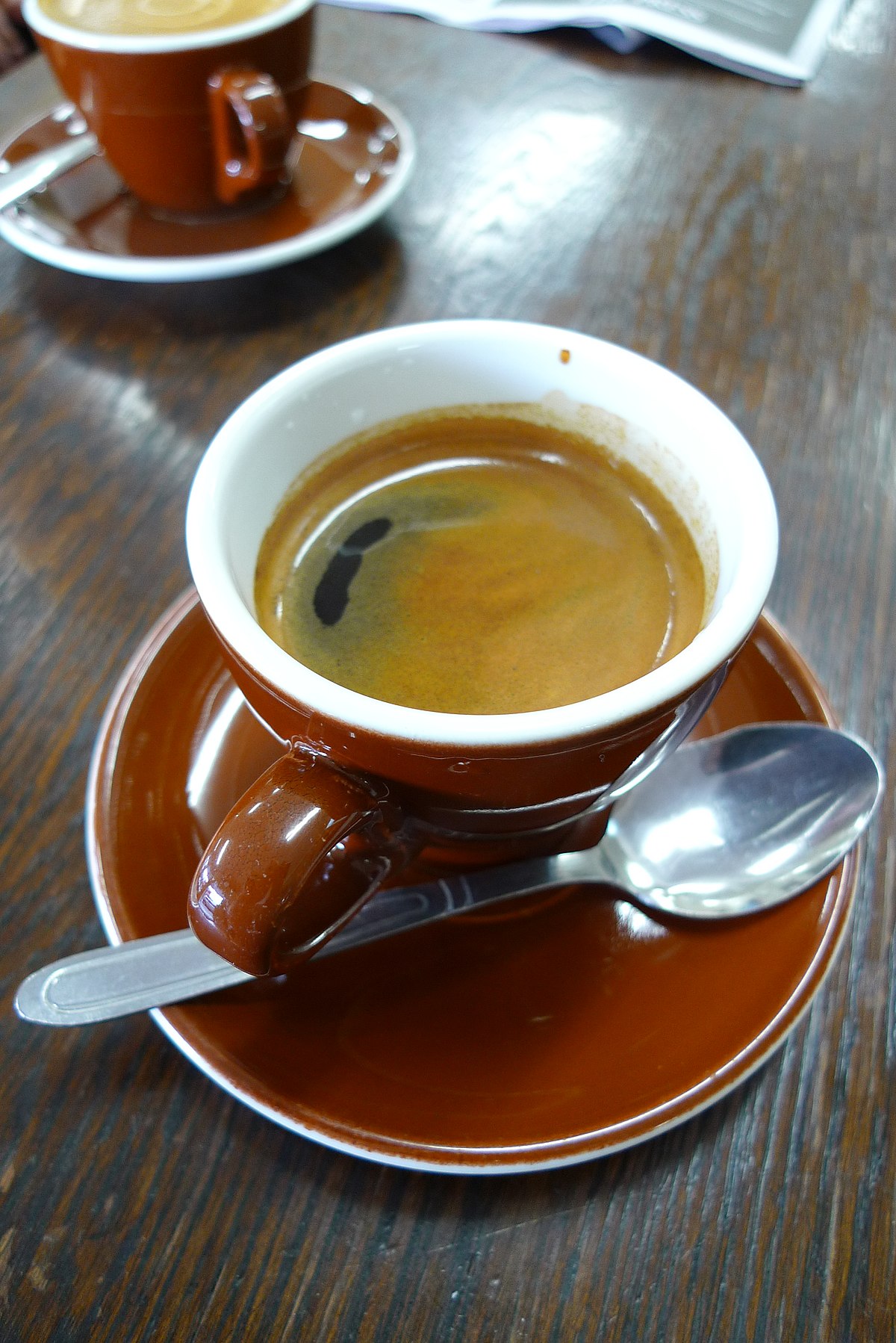
Espresso is the basis for most of the coffee and milk based drinks on the menu. The material expenses are around 15 cents to make a shot of espresso, and about 35-40 cents to make a cappuccino, mocha or latte ? Naturally, location, staffing and devices add a lot to the cost, however the low consumable expenses vs. high market prices are among the primary factors many coffee bars are springing up in towns throughout America.
Follow the link for the full article other interesting espresso facts.
This guide provides the practical info required for you to pick the right espresso equipment for your house, workplace, or small business. Without a strong knowledge of the different espresso makers, the choice process might be somewhat overwhelming and confusing just due to the truth there are so many designs to choose from. This guide is not very short, but investing the time to read it will greatly improve your buying experience.
Espresso is just another technique by which coffee is brewed. There are several methods of brewing coffee that consist of the use of a range leading coffee machine, percolator, French press (or coffee press), vacuum pot and others. Espresso is brewed in its own unique method.
Espresso is a beverage that is produced by pressing hot water, between 192F and 204F, at high pressures, through a bed of finely ground, compacted coffee. The shot is brewed for roughly 25 to 30 seconds, and the exact same time applies to both a double or single shot (double baskets are larger, with more screen area, and the coffee streams much faster - single baskets limit the circulation more, leading to 1.5 ounces in 25-30 seconds).
An espresso maker brews coffee pushing pressurized water close to boiling point through a "compacted disk" of finely ground coffee beans and a metallic filter in order to produce a viscous, focused coffee called espresso. The first piece of equipment for brewing espresso was built and patented in 1884 by Angelo Moriondo in Italy. Check this Twitter Moments collection for an in-depth introduction to the espresso machine.
⚡️ “How to Choose an Espresso Machine” by @coffeeblogger1 https://t.co/sTC6SIx6Yw
— Coffee Lover (@coffeeblogger1) February 28, 2021
The resulting beverage, either a single or a double, is topped with a dark golden cream, called crema when brewed properly. Crema is among the visual indications of a quality shot of espresso. Consuming an espresso remains in itself an art type of sorts. In Italy, where most real espresso is bought in a coffee shop, it is traditional to raise cup and dish, smell the shot, and drink it in 3 or 4 rapid gulps. You complete the "ceremony" by clacking the cup back on the saucer in a firm however not-too-hard way.
Espresso is confusing because most of the time, it isn't prepared correctly. Real espresso, brewed with a pump or piston driven espresso maker is extremely demanding on the bad coffee bean grinds. However prior to we get into the relative 'torture' that ground coffee is executed to produce a remarkable espresso, let us take a step back and talk about a bit more the misconceptions about the beverage.
Espresso is not a kind of bean: This is a typical mistaken belief, and inaccurate marketing by coffee chains, grocery stores, and even word of mouth offer the impression that espresso is a type of bean. Any coffee bean can be used for espresso, from the most typical Brazils to the most unique Konas and Ethiopian Harar coffees.
Espresso is not a type of coffee beans blend: This one is likewise a common mistaken belief, but with some reality to the claim in that there specify blends developed for espresso. The problem is, many people believe there is only one kind of blend that is fit for espresso. Many high quality micro roasters would disagree with this - Roaster Craftsmen the world over work vigilantly by themselves variation of "the perfect espresso blend".
Espresso is not a Roast Type: Another popular misunderstanding is that espresso can just be roasted one method (and typically the thought is that espresso should be incredibly dark and shining with oils). This is not the case. The Northern Italian way of roasting for espresso is producing a medium roast, or more commonly known as a "Complete City" roast if you like on the west coast of the USA. In California, the common "espresso roast" is a dark, or "French" roast, and in parts of the eastern US, a really light or "cinnamon" roast design is chosen. The bottom line here is this: you can make great espresso from practically any roast type; the choice is purely as much as your own taste buds.
Espresso is the basis for most of the coffee and milk based drinks on the menu. Espresso is a beverage that is produced by pressing hot water, between 192F and 204F, at high pressures, through a bed of finely ground, compacted coffee. Real espresso, brewed with a pump or piston driven espresso device is really demanding on the bad coffee bean grinds. Espresso is not a type of blend: This one is likewise a common mistaken belief, however with some fact to the claim in that there are particular blends developed for espresso. Espresso is not a Roast Type: Another popular mistaken belief is that espresso can just be roasted one method (and usually the thought is that espresso must be very dark and glowing with oils).
The full guide, and more espresso brewing information at Coffee-Brewing-Methods.com